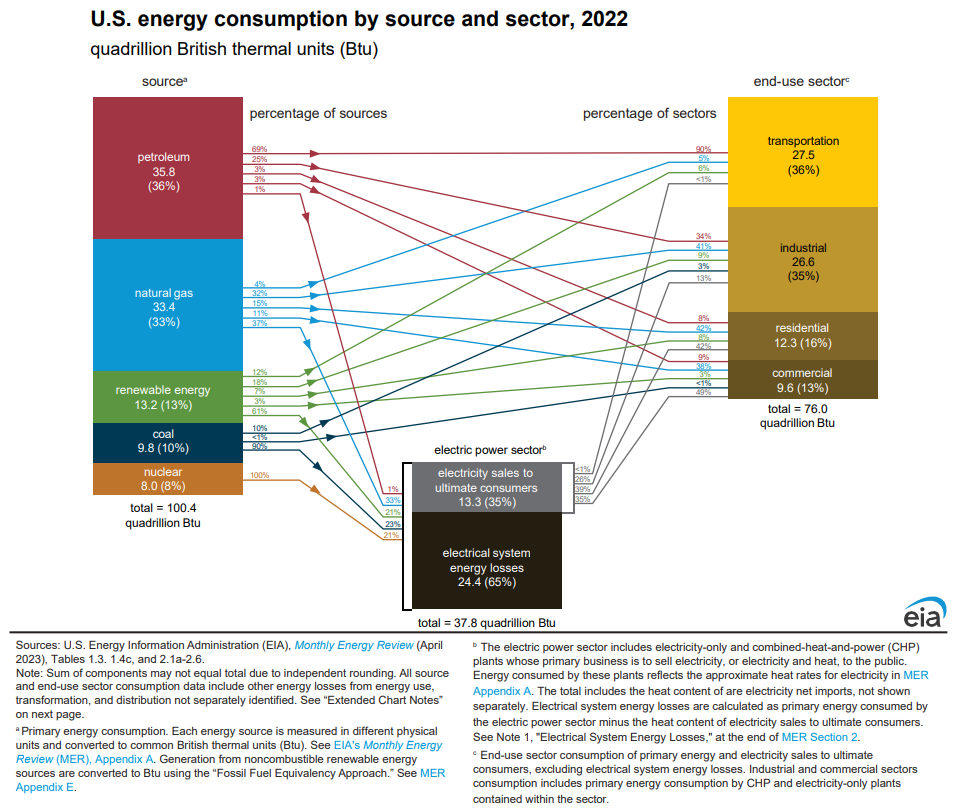If it weren't for that pesky energy-per-unit-mass thing....physics ruining fun again.
I get it. Gas is phenomenal for what it is, and I don’t see it going away for a long time, but we can shift away from it. Plus, battery technology is constantly improving.


